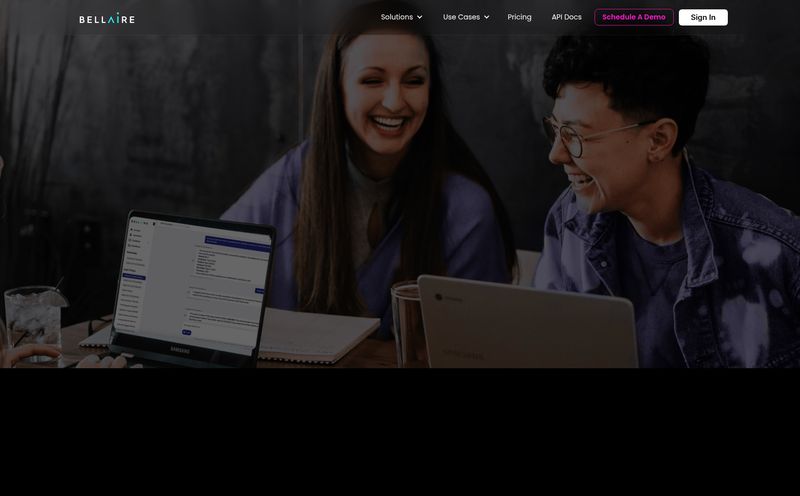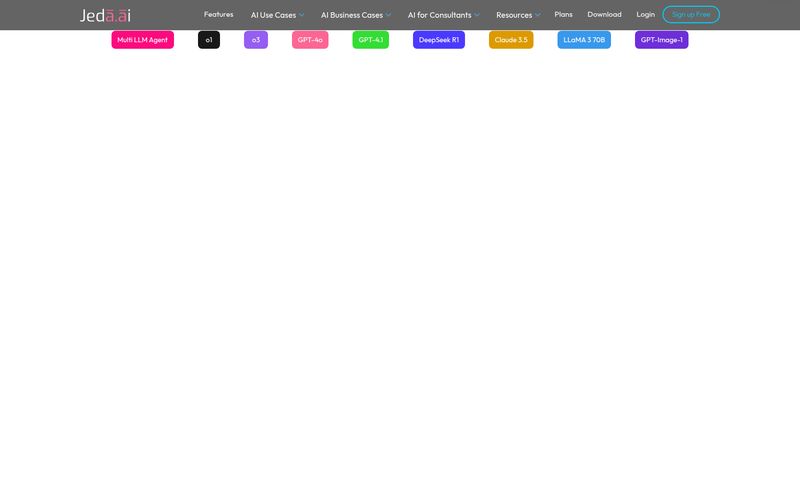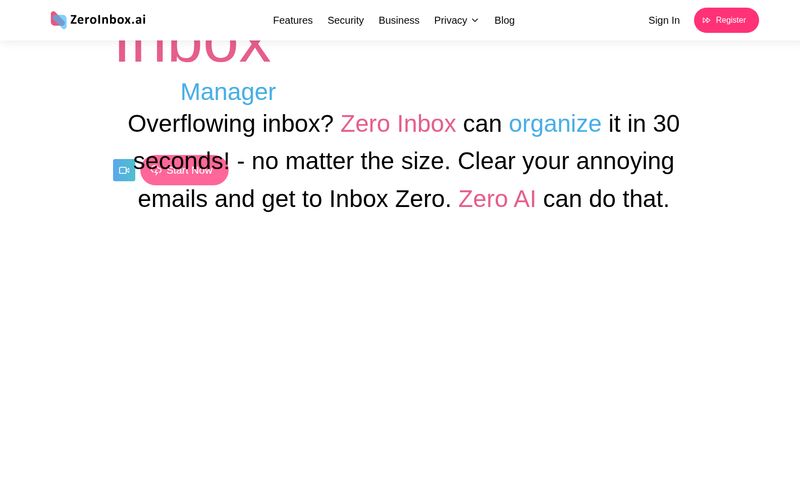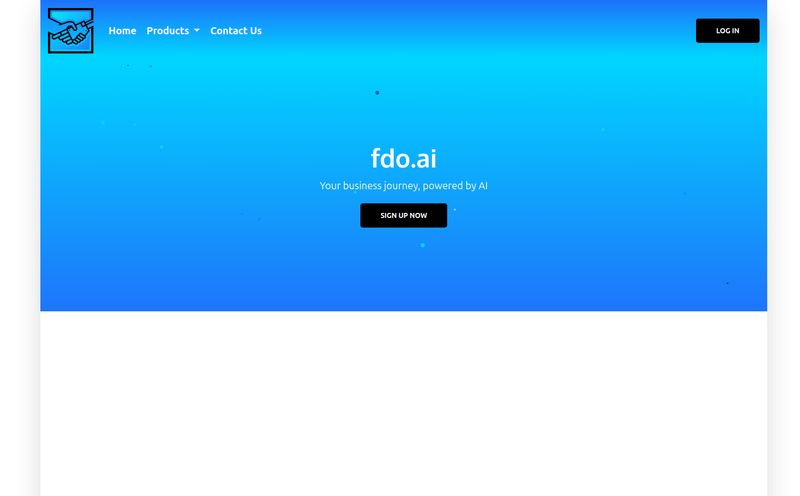If you’ve ever managed a social media account, you’ve felt the pain. You’ve got this perfect picture. The lighting is chef’s kiss, the subject is on point, and you’ve already written a caption that’s pure fire. You upload it to Facebook, and it looks great. Then you move to Instagram… and it crops weirdly, cutting off half the good stuff. Then Twitter demands a different size entirely, and your LinkedIn cover photo looks like a stretched-out disaster.
It’s a tale as old as time. Or, at least, as old as social media. We spend half our lives resizing, cropping, and tweaking images, constantly Googling “what is the current instagram story size 2024”. It’s tedious. It’s boring. And frankly, it’s a colossal waste of time.
I’ve been in the SEO and traffic game for years, and I can tell you that visual consistency and quality are not just vanity metrics. They impact engagement, which impacts reach, which impacts traffic. A poorly cropped image just screams unprofessional. So, when I stumbled upon a tool called Pixelhunter that promised to do it all for me, for free, using AI… I was skeptical. Very skeptical. But also, incredibly intrigued.
So, What Exactly is This Pixelhunter Thing?
In a nutshell, Pixelhunter is a free, web-based tool that uses artificial intelligence to resize one image for every social media platform you can think of. You give it a high-resolution picture, and it spits back perfectly cropped versions for everything. We're talking Facebook posts and cover photos, Instagram stories and grid posts, Twitter headers, YouTube thumbnails, TikTok videos... the whole nine yards.
It's the brainchild of a company called Evil Martians and is powered by some clever tech from Uploadcare. The key isn't just that it resizes images—any basic photo editor can do that. The secret sauce is the AI. It uses something called the Uploadcare Intelligence API to actually look at your photo, identify the main subject, and then crop the image intelligently around that subject for each specific format. No more decapitated profile pics or product shots where the product is mostly off-screen.
Visit Pixelhunter
The Endless Headache of Social Media Image Specs
Before we go further, let's just wallow in the problem for a moment. It's a shared trauma for all marketers. Why can't all platforms just agree on one or two aspect ratios? It would make our lives so much easier. But no, they all have to be different.
Just look at this mess:
| Platform | Image Type | Common Dimensions (in pixels) |
|---|---|---|
| Story | 1080 x 1920 | |
| Square Post | 1080 x 1080 | |
| Cover Photo | 851 x 315 | |
| Twitter (X) | Header Photo | 1500 x 500 |
And that's just four examples! It’s enough to make you want to tear your hair out. This is the exact problem Pixelhunter aims to solve. It’s not just a tool; it’s a digital aspirin for a chronic marketing headache.
How the AI Magic Actually Works
Okay, so “AI” is a term that gets thrown around a lot these days, often to describe something that’s just a fancy algorithm. But in this case, it feels pretty appropriate. When you upload an image, Pixelhunter's AI doesn't just find the center and crop outwards. That's the old, dumb way of doing things.
Instead, it performs content-aware cropping. It analyzes the pixels to find faces, objects, or points of high contrast and detail—the stuff a human would naturally focus on. Then, for each social media size, it creates a crop that keeps that important subject perfectly framed. If you upload a picture of a cat, it knows to keep the cat in the frame, not the empty wall next to it. For a portrait, it will prioritize the person's face. It's like having a tiny, incredibly fast photo editor living in your browser who knows all the social media specs by heart.
Putting Pixelhunter Through Its Paces
The process is ridiculously simple. You go to the website, and you're greeted with a big, friendly upload box. You drag your image in, and… that's it. You wait a few seconds while the AI does its thing, and then you’re presented with a long, scrollable page of all your images.
It neatly categorizes them by platform: Facebook, Instagram, Twitter, YouTube, LinkedIn, Pinterest, TikTok. And for all you fellow SEOs and bloggers, it even includes Open Graph images. This is huge. Having a properly sized and compelling Open Graph image is critical for getting clicks when your articles are shared on social media or in apps like Slack and Discord. It's one of those little details that makes a big difference in traffic generation, and I was so happy to see it included.
The Good, The Bad, and The AI
No tool is perfect, right? After playing with it for a while, here’s my brutally honest breakdown.
What I Genuinely Liked
First off, the speed is mind-blowing. The time it saves is its biggest asset. What would normally take me 15-20 minutes in Photoshop or Canva—opening templates, importing, resizing, exporting each one—is done in about 30 seconds. It's also completely free. There's no pricing page, no hidden fees, no “sign up for our pro plan to unlock more platforms.” It's just… free. In a world of endless subscriptions, that’s refreshing. The AI is also surprisingly adept. I tested it with portraits, product shots, and landscapes, and I'd say it got the crop right about 90% of the time. For a free tool, that's an incredible hit rate.
Where It Could Be Better
The biggest drawback is the flip side of its AI strength: you have zero manual control. If the AI decides the most interesting thing in your photo is a lamp in the background instead of your face, you’re stuck with a beautifully cropped picture of a lamp. You can't nudge the crop box a few pixels to the left or right. This lack of fine-tuning means it won't replace professional design software for high-stakes campaigns. It’s also a one-trick pony. It crops images, and that’s all. No filters, no text overlays, no fancy effects. For me, that's a feature, not a bug—I prefer tools that do one thing well—but if you’re looking for an all-in-one editor, this ain’t it.
My Final Verdict: Is Pixelhunter Worth It?
Absolutely. Yes. A thousand times, yes.
This tool is a dream for social media managers, bloggers, content creators, and small business owners who are tired of fighting with image dimensions. It takes a frustrating, time-sucking task and makes it instantaneous and, dare I say, almost fun. It’s the perfect tool to have in your back pocket for 90% of your daily social media image needs.
Is it for professional graphic designers who need pixel-perfect control over every single element? Probably not. They'll want the manual override that Pixelhunter lacks. But for the rest of us? It's a game-changer. It's one of those tools that, once you use it, you'll wonder how you ever managed without it.
My advice? Just go try it. It'll take you less than a minute. Upload a photo and see the magic for yourself. For a free tool, the value is just off the charts. Its one of those little secrets of the trade that can make your workflow so much smoother.
Frequently Asked Questions
- Is Pixelhunter really free to use?
- Yes, as of this writing, Pixelhunter is 100% free. There are no pricing tiers, subscription plans, or hidden costs for its core features.
- What social media platforms does Pixelhunter support?
- It supports a wide range of platforms, including Facebook, Instagram, Twitter (X), LinkedIn, YouTube, Pinterest, and TikTok. It also creates formats for Open Graph, which is essential for link sharing.
- Can I manually adjust the crop in Pixelhunter?
- No, this is the main limitation of the tool. The cropping is handled entirely by the AI, and there is currently no option to manually adjust the crop area. The tool prioritizes speed and automation over manual control.
- How does Pixelhunter's AI know where to crop?
- It uses a technology called content-aware cropping, powered by the Uploadcare Intelligence API. The AI analyzes the image to identify key subjects like faces or objects and then ensures those subjects remain in the frame for each different social media size.
- What are Open Graph images and why do they matter for SEO?
- Open Graph (OG) is a protocol that allows you to control how your webpage's content appears when shared on social media. The OG image is the thumbnail that shows up with your link. A compelling, correctly-sized OG image can dramatically increase your click-through rate (CTR) from social shares, driving more traffic to your site.
References and Sources
- Pixelhunter Official Website
- Uploadcare - The technology behind the AI cropping.
- Evil Martians - The developers of Pixelhunter.



